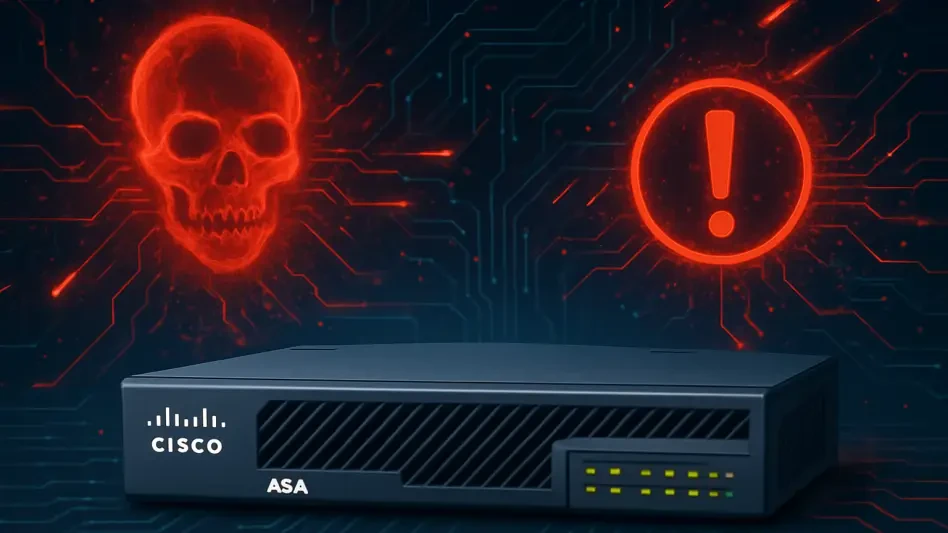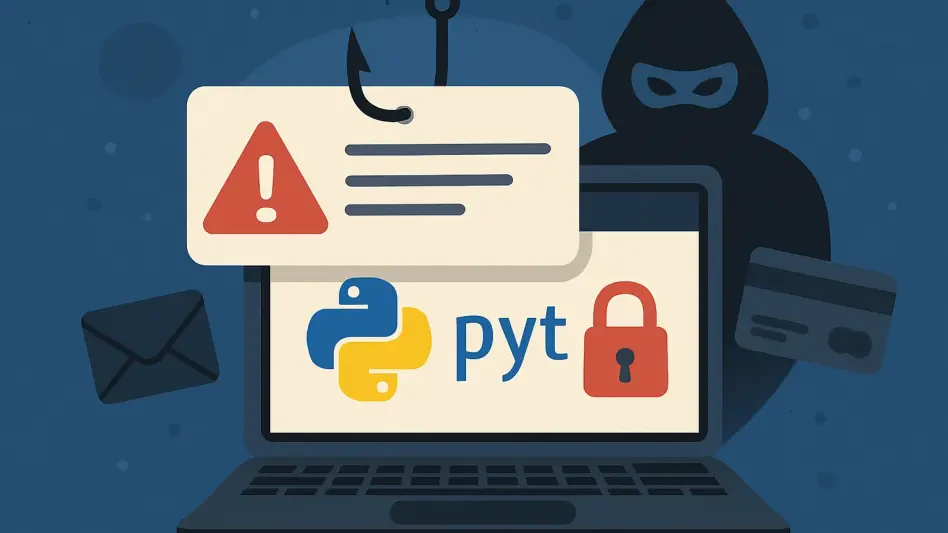The cybersecurity landscape is evolving rapidly, with new threats and regulations emerging at an unprecedented pace. Managed Security Service Providers (MSSPs) and Managed Service Providers (MSPs) are at the forefront of this battle, tasked with safeguarding organizations against increasingly sophisticated cyber threats. Their ability to adapt and update their strategies becomes crucial as the nature of threats evolves and regulatory frameworks tighten. This article explores the readiness of MSSPs to tackle these challenges, focusing on insider threats, advanced tactics by threat groups, and the impact of emerging regulations, which shape their operational landscape.
The Rising Concern of Insider Threats
Insider threats have become a significant concern for organizations, exacerbated by the trends of remote work, cloud adoption, and complex IT environments. Evolving work practices necessitate advanced security measures to protect against breaches originating from within an organization’s own ranks. CrowdStrike has introduced Insider Risk Services to address this growing issue. These services leverage the Falcon platform to provide advanced threat detection, response, and intelligence capabilities. Such innovations are essential for organizations seeking to mitigate risks by identifying potentially harmful activities before they escalate into full-blown security incidents.
Thomas Etheridge, Chief Global Services Officer at CrowdStrike, emphasizes the critical role of MSSPs and MSPs in managing insider threats. Organizations often lack the internal resources and expertise to handle these risks effectively, relying on external security service providers for support. MSSPs provide expert guidance, proactive defense strategies, and rapid incident response, making them indispensable partners in the fight against insider threats. The rise in insider threats highlights the need for comprehensive security measures that go beyond traditional defenses, encompassing behavioral analytics and other advanced techniques to detect anomalies indicative of malicious intent.
Sophisticated Tactics by Russian Threat Groups
Russian ransomware groups, such as STAC5143 and STAC5777, have been employing increasingly sophisticated tactics to infiltrate corporate networks. These groups exploit legitimate services like Microsoft’s Office 365 and remote management tools, deceiving employees by posing as technical support. The abuse of trustworthy platforms allows them to bypass conventional security measures, complicating efforts to detect and prevent unauthorized access. This evolving threat landscape challenges organizations to rethink their defensive posture, incorporating more advanced protections against social engineering and other deceptive tactics.
Sean Gallagher, a principal threat researcher at Sophos, notes that the abuse of legitimate services is not a new phenomenon. However, the growing adoption of these tactics by multiple threat groups poses a significant risk to companies of all sizes. The use of remote management tools and platforms like Office 365 allows threat actors to bypass traditional security measures, making it more challenging for organizations to detect and respond to these attacks. MSSPs must stay vigilant and continuously update their defense strategies to counter these sophisticated tactics. By leveraging advanced threat intelligence and proactive threat hunting, MSSPs can help organizations identify and mitigate these risks before they cause significant damage.
Impact of President Biden’s Cybersecurity Executive Order
President Biden’s final cybersecurity executive order has the potential to be a game-changer for MSSPs. The order prioritizes the protection of U.S. critical infrastructure and businesses from various adversarial threats, including those from nation-states and advanced technologies like AI and quantum computing. The executive order underscores the necessity for software makers to ensure security at every stage of the design process. This proactive stance demands heightened security measures and compliance, fundamentally changing how MSSPs approach cybersecurity service provision.
Eric Schwake, director of cybersecurity strategy at Salt Security, highlights that the focus areas of the EO, such as AI and enhanced sanctions, will profoundly affect MSSPs and MSPs. These providers must ensure that their services comply with the new security standards and incorporate advanced technologies to stay ahead of emerging threats. MSSPs will need to adapt their offerings to meet the demands of the executive order, ensuring that they can provide comprehensive security solutions that address the evolving threat landscape. This may involve investing in new technologies, enhancing their threat intelligence capabilities, and ensuring compliance with stringent security requirements to safeguard their clients’ interests effectively.
Enhancements to the EU’s Network and Information Systems Directive (NIS2)
The European Union has enhanced its Network and Information Systems (NIS2) Directive, expanding its scope to include a broader range of sectors. Originally adopted in 2016, the NIS Directive was the first EU-wide legislation focused on cybersecurity. The updated NIS2 now covers digital infrastructure providers, public administration entities, food production and distribution, and waste management, among others. This broader inclusion underscores the necessity for comprehensive cybersecurity strategies across various sectors, reflecting the interconnected nature of modern society.
The expansion of the NIS2 Directive reflects the growing recognition that cybersecurity concerns are not limited to traditionally critical industries. Sectors like food production and digital infrastructure are crucial for the functioning of modern life, and their inclusion in the directive underscores the need for a resilient, coordinated approach to managing cybersecurity risks. MSSPs must be prepared to help organizations in these newly included sectors comply with the enhanced requirements of the NIS2 Directive. This involves providing tailored security solutions, conducting regular risk assessments, and ensuring that their clients are equipped to handle the evolving threat landscape. Through such proactive measures, MSSPs can significantly bolster the overall cybersecurity posture of a diverse array of industries.
The Strategic Role of MSSPs in the Evolving Cybersecurity Landscape
The cybersecurity landscape is evolving at a remarkable speed, with new threats and regulations surfacing continually. Managed Security Service Providers (MSSPs) and Managed Service Providers (MSPs) stand at the frontline of this battle, entrusted with protecting organizations from increasingly sophisticated cyber threats. As these threats evolve and regulatory frameworks become more stringent, MSSPs and MSPs must continually adapt and refine their strategies to stay ahead. This article delves into how prepared MSSPs are to confront these challenges. It emphasizes insider threats, advanced tactics employed by threat groups, and the significant influence of emerging regulations that shape their operational landscape. It explores whether MSSPs have the capacity to effectively respond to these evolving cyber threats and regulatory demands. With the cybersecurity landscape continually shifting, MSSPs need to demonstrate agility and innovation to protect their clients in an increasingly complex environment. Their readiness to adapt is essential for safeguarding organizational assets and maintaining compliance with ever-tightening regulations.







